Take a flavorful trip to Miyagi Prefecture and discover Aburafu Don (油麩丼)—a simple, comforting Japanese rice bowl that locals cherish. This hearty dish offers a unique twist on the traditional donburi format, using a meatless ingredient that surprises with its depth and texture. Let’s explore how this plant-based delight came to be and why it continues to win over hearts and appetites throughout Japan.
What is Aburafu Don?
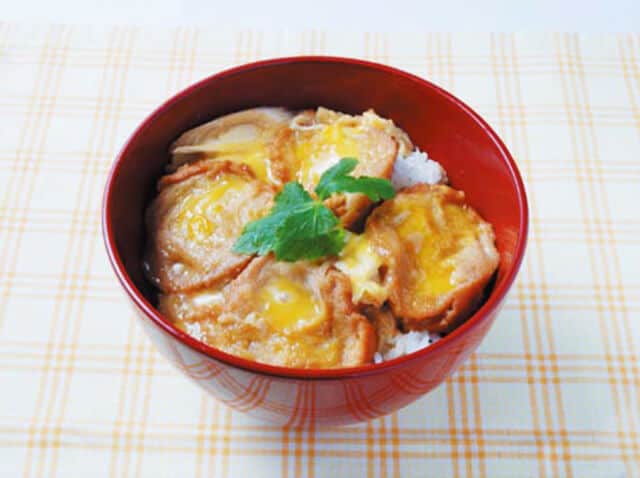
Aburafu Don features aburafu, deep-fried wheat gluten, as its main ingredient. Although it may resemble spongy bread, aburafu transforms into something extraordinary when cooked. Cooks slice it thickly and simmer it in a savory dashi broth seasoned with soy sauce, mirin, and a touch of sugar. This process turns the gluten into a juicy, flavorful ingredient that absorbs umami like a sponge.
They then pour softly beaten eggs over the simmered aburafu, allowing them to cook gently into a fluffy, custard-like texture. After that, they spoon the mixture over warm, steamed rice. Many top the bowl with fresh mitsuba (Japanese parsley) or bright strands of pickled ginger for extra aroma and contrast. The result is a rich, well-balanced dish that feels both light and satisfying—an ideal choice for those seeking a meat-free but flavorful meal.
How Did Aburafu Don Begin?
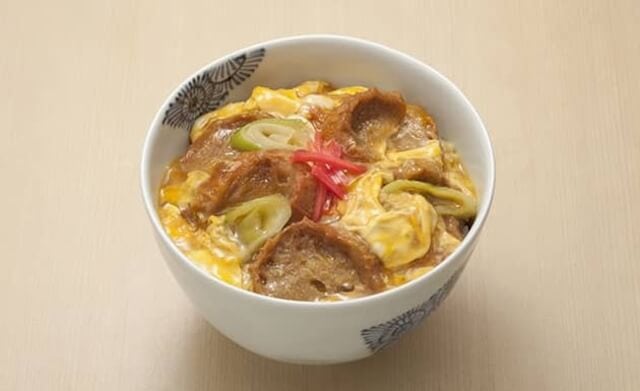
The story of Aburafu Don begins in Tome City, Miyagi Prefecture, where locals first created aburafu around the early 20th century. Tofu makers developed it by deep-frying the leftover gluten from soy processing, turning waste into a versatile and shelf-stable food.
But the donburi-style dish itself emerged more recently. About 30 years ago, Takako Ebina, owner of the traditional inn “Ebimon,” introduced Aburafu Don to her guests. Wanting to offer a non-meat alternative to the classic oyakodon (chicken and egg bowl), she substituted the chicken with aburafu. Her creative solution delighted guests and quickly gained popularity. Other local eateries followed suit and added the dish to their menus.
To spread the word, local supporters formed the Aburafu Don Association in 2008. This group actively promoted the dish and even featured it at the national “B-1 Grand Prix,” a food event celebrating regional specialties. Thanks to these efforts, Aburafu Don gained recognition as a standout “B-class gourmet” dish—a title given to delicious, accessible local meals across Japan.
When Should You Eat Aburafu Don?
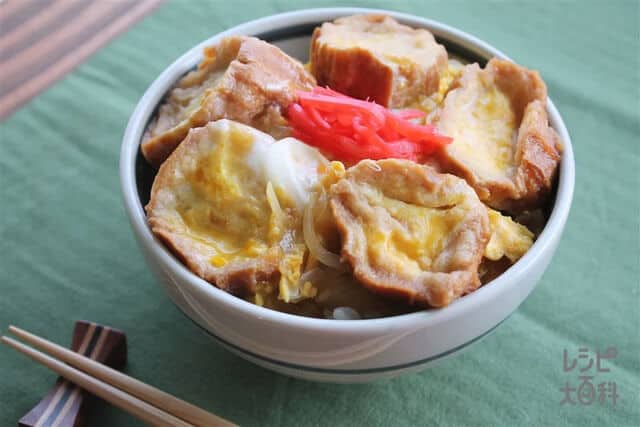
You can enjoy Aburafu Don year-round. In colder months, it offers warmth and nourishment that soothes the body. During summer, its light yet savory nature keeps it satisfying without feeling heavy. Whether you crave comfort on a chilly day or want a flavorful but not overly rich bowl in warmer weather, this dish fits the occasion.
Where you can eat?
1. Ajidokoro Mon (味処 もん)
This renowned restaurant is said to be the originator of “Abura-fu Don” (deep-fried wheat gluten rice bowl) in Tome. You can enjoy the authentic taste, made with locally sourced Abura-fu from Tome, a special dashi-based sauce, and bound with egg.
2. Tomean (登米庵(とよまあん))
This is a specialty restaurant for local cuisine in the heart of Sendai, where you can enjoy Tome’s famous Abura-fu Don and “Hatto-jiru” (a type of flour-based soup). Take-out is also available.
3. Ajidokoro Arai (味処 あらい)
A popular restaurant that has been featured on TV. In addition to their Abura-fu Don, which soaks up the broth beautifully, their Miyagi local dish “Hatto-jiru” is also highly acclaimed.
4. Furusato Ryōri Fukuzen (ふるさと料理 福膳(東京駅 エキュート内))
A Japanese restaurant inside Tokyo Station where you can savor cuisine from the Tohoku region. It’s popular with travelers and offers rice bowls made with Abura-fu sent directly from Tome, as well as local sake.
5. Shunsai Shokuken Hinano Sendai Minami Branch (旬菜食健 ひな野 仙台南店)
A buffet-style restaurant with a wide variety of Miyagi’s local cuisine and vegetable dishes. You can enjoy a gently flavored Abura-fu Don along with desserts and local side dishes.
Final Thoughts
Aburafu Don celebrates the creativity and heart of regional Japanese cooking. What began as a simple, practical idea turned into a soul-satisfying dish full of flavor and tradition. If you visit Miyagi, don’t miss the chance to try this local favorite.
And if this dish inspired you, explore more donburi classics like Oyakodon, Katsudon, and Gyudon. Each one offering its own take on comforting Japanese rice bowls.
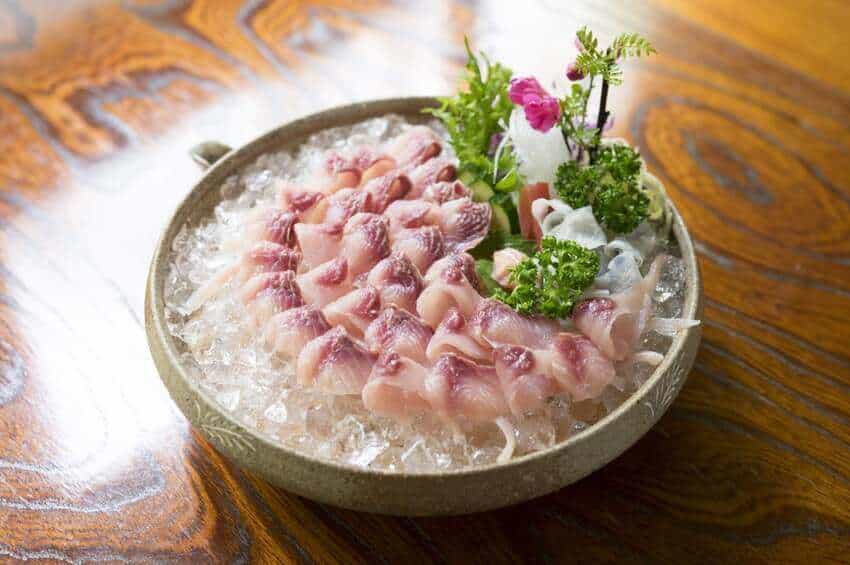
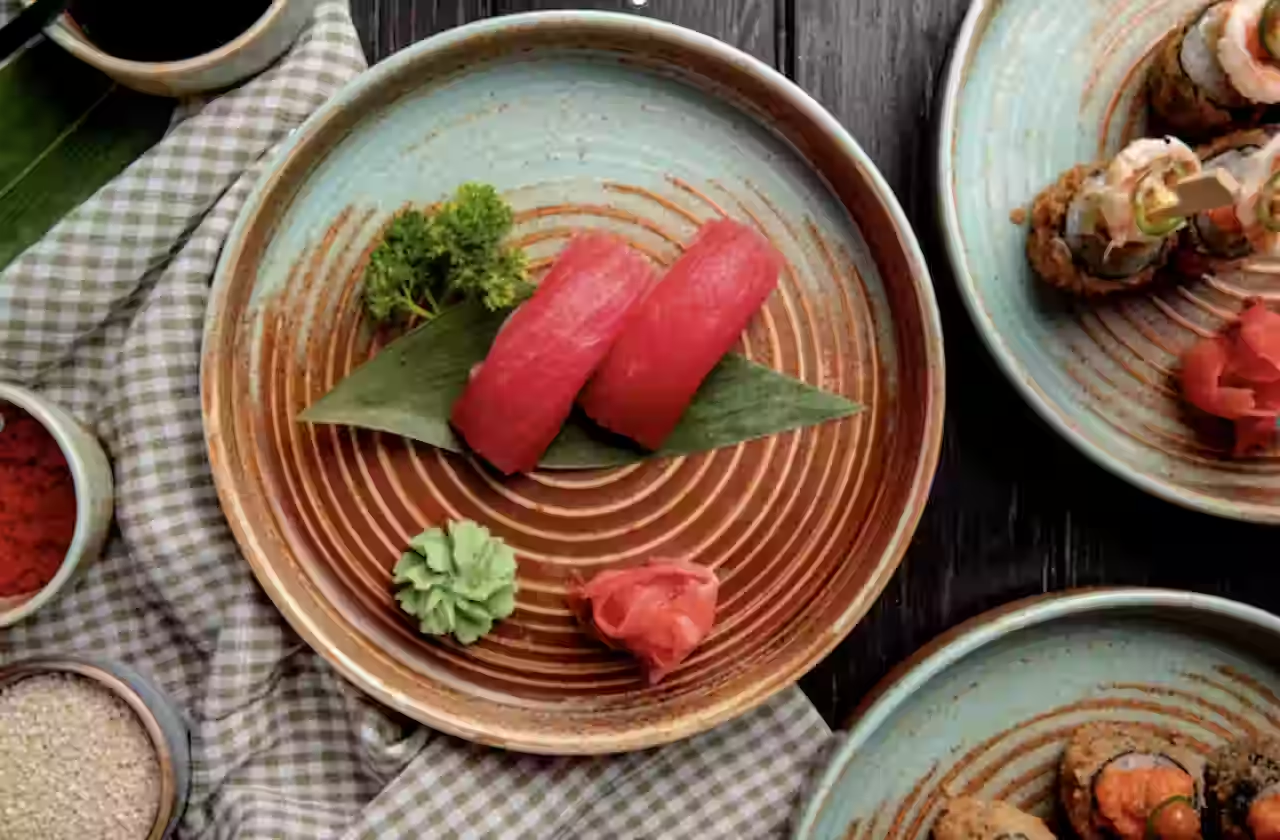
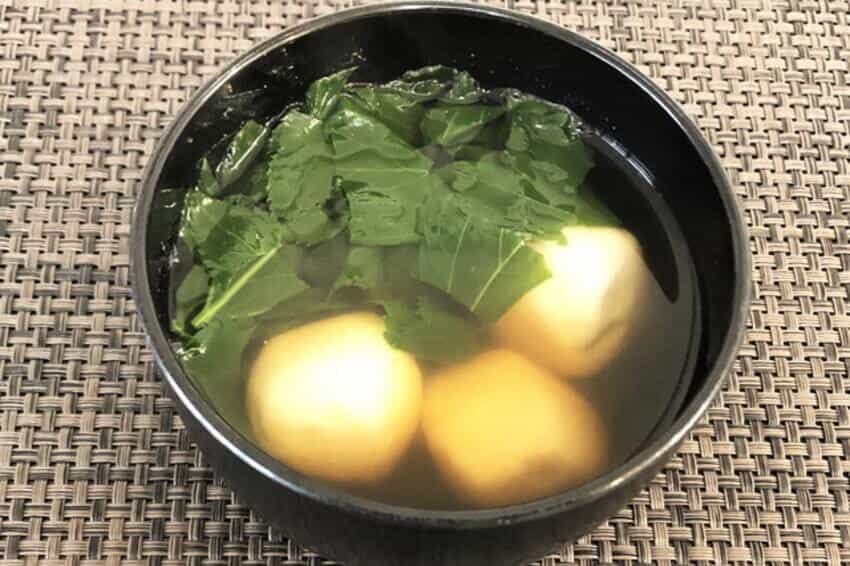
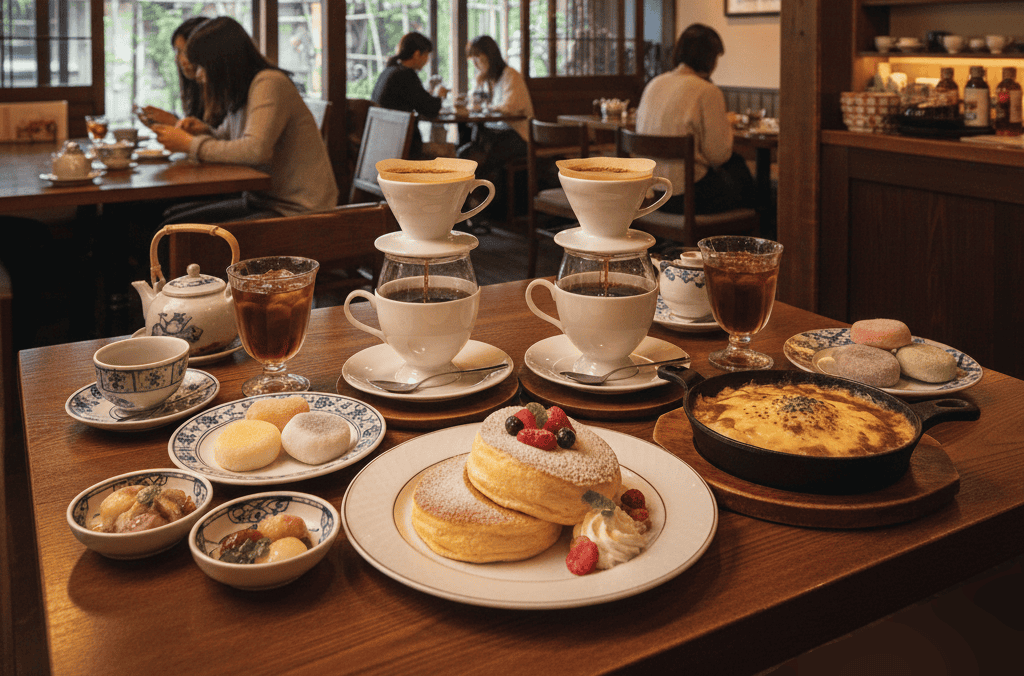
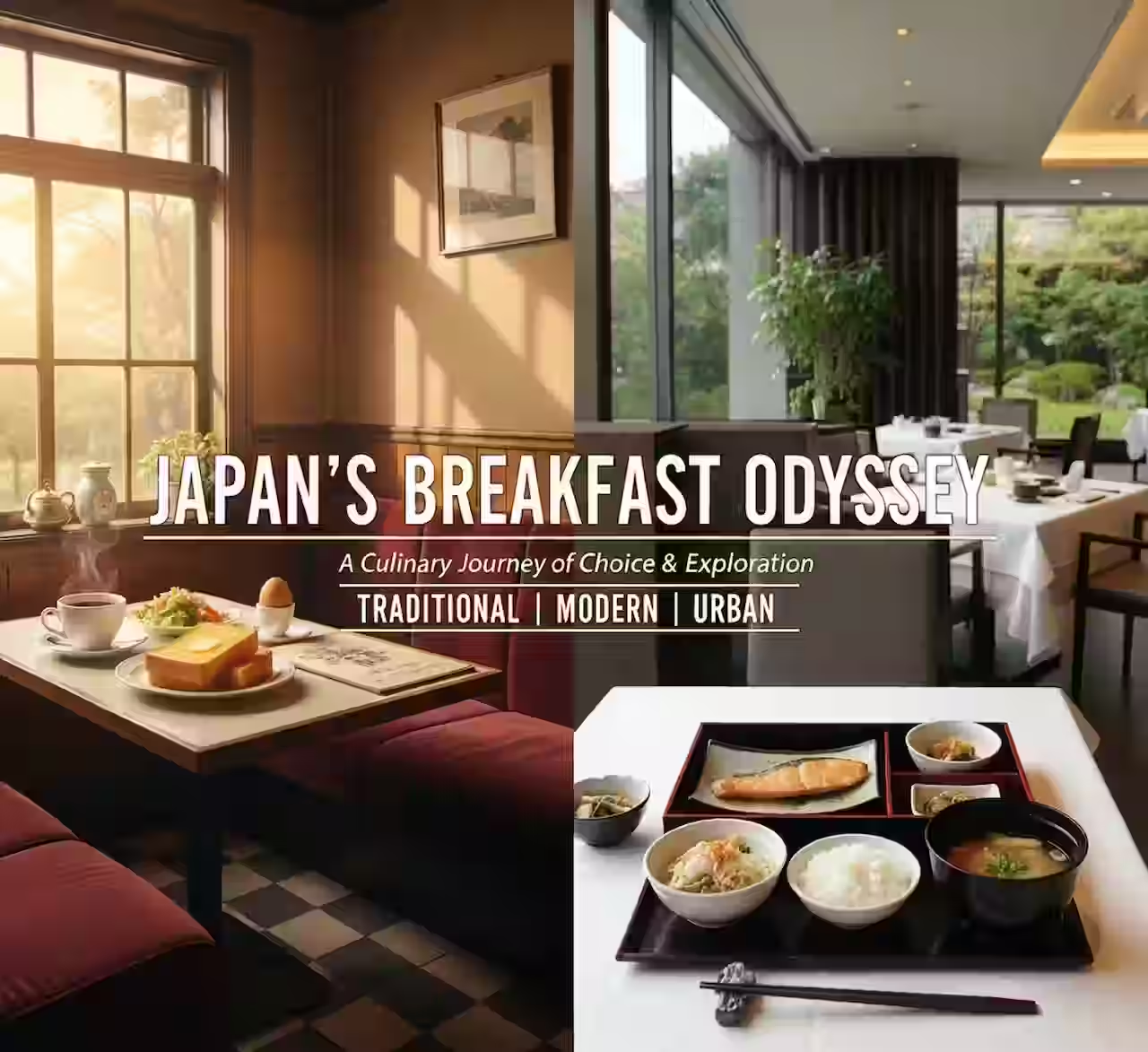

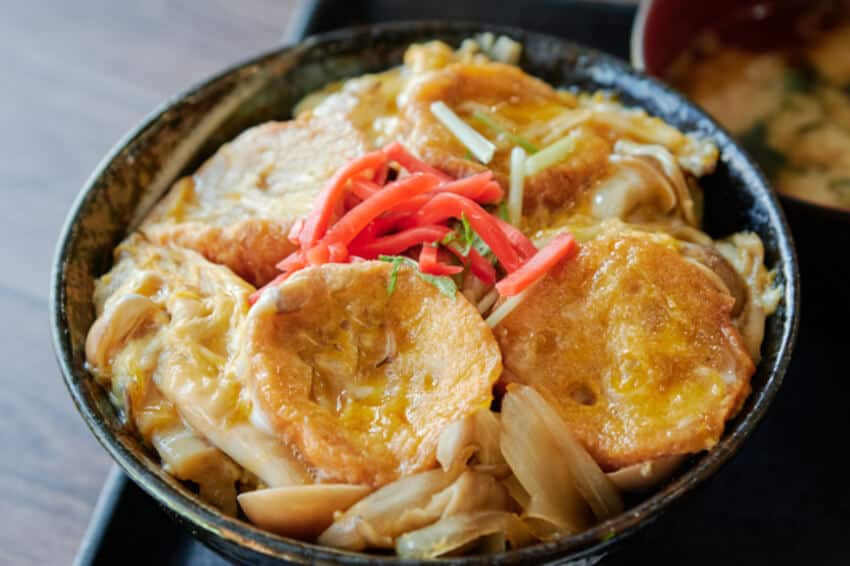
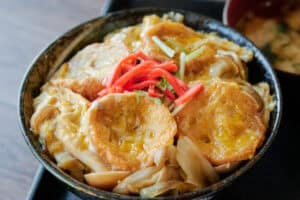
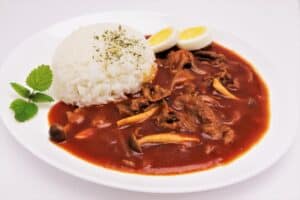
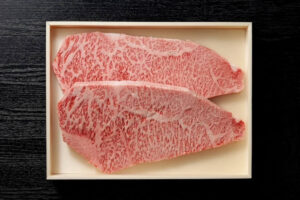
 牧野悦子-1-1256x832-1-300x199.jpg)
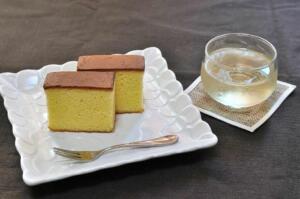
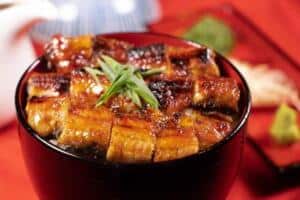
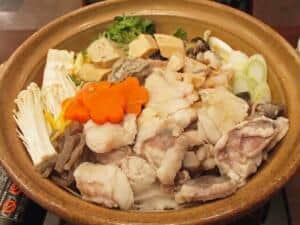
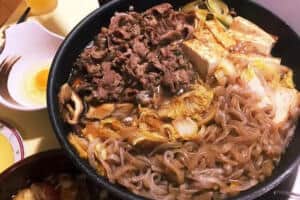
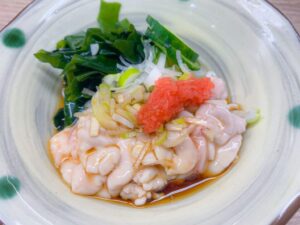
Comments